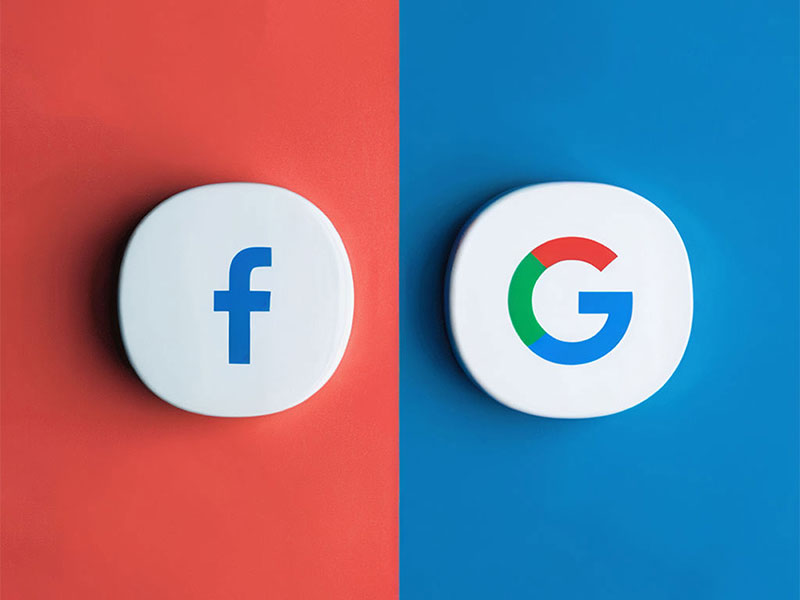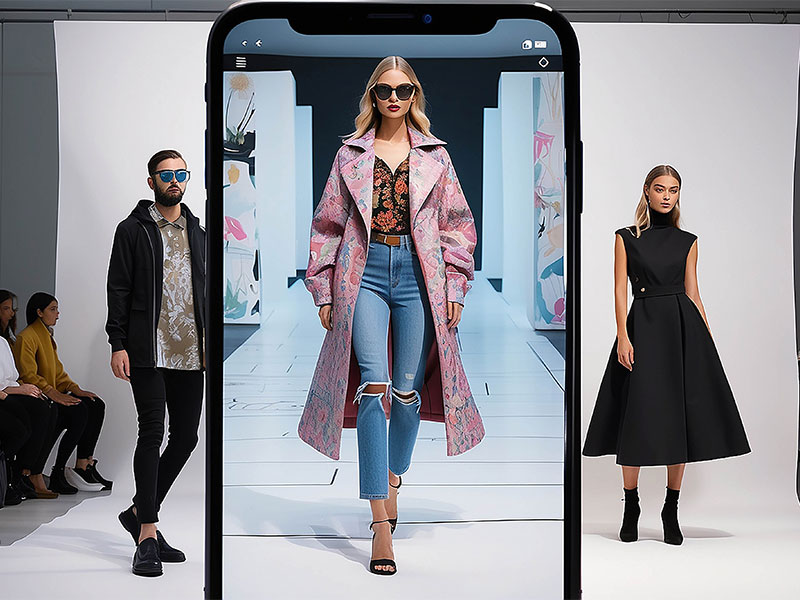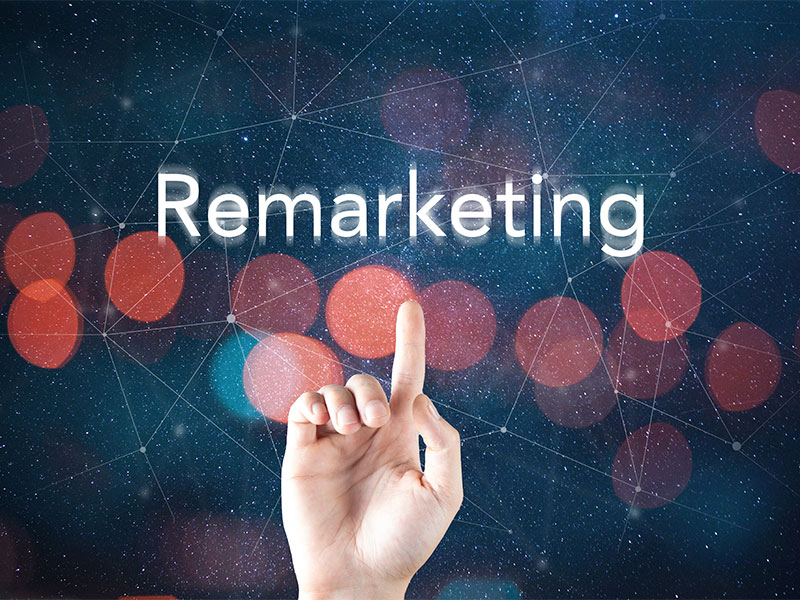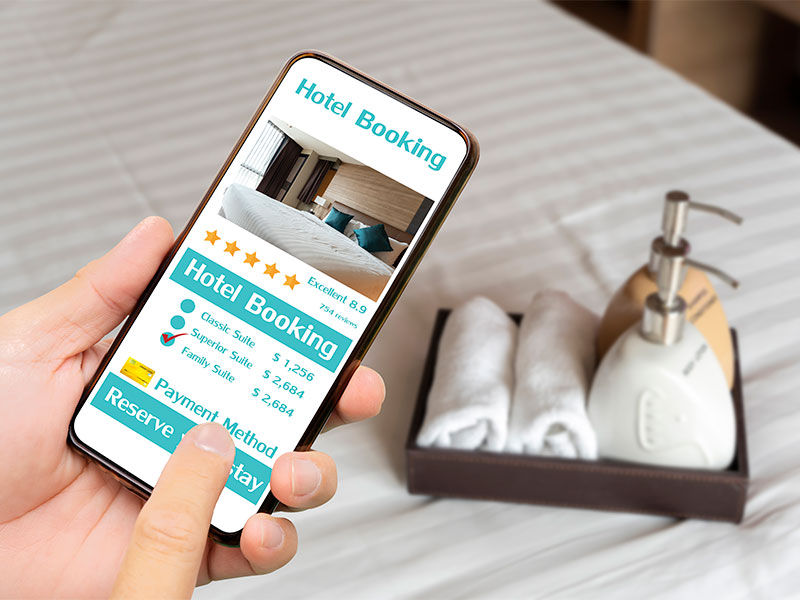
For the hospitality industry, unsold room nights represent more than just lost revenue—they are missed opportunities, sunk costs, and wasted inventory. Hotels, especially large travel brands and resort chains, face the constant pressure of maximizing occupancy while minimizing acquisition costs. The traditional marketing approach—blanket campaigns, static banners, and seasonal discounts—no longer delivers the efficiency required in a hyper-competitive market.
Today, programmatic advertising to fill hotel vacancies is redefining how hotels target potential guests, optimize budgets, and convert browsing travelers into loyal customers. By using automation, real-time bidding (RTB), and intelligent algorithms, hotel marketers can reach the right audience, at the right time, with the right message.
This in-depth guide explores how travel brands can leverage programmatic advertising to solve one of their most painful challenges: unsold inventory. It walks through the technical setup, strategic planning, and platform integration necessary to turn programmatic advertising into a profit-generating powerhouse.
Understanding the Pain of Unsold Inventory in the Hospitality Sector
Hotels, unlike physical goods sellers, deal with perishable inventory. A room night not sold today cannot be saved or repackaged—it’s lost forever. The cost of cleaning, staffing, utilities, and maintenance remains whether the room is occupied or not.
This inventory challenge becomes more severe during:
- Off-seasons or shoulder periods
- Economic downturns
- Event cancellations
- Unexpected market shifts (e.g., pandemics, travel bans)
The traditional marketing response—discounting room rates—may increase bookings but often leads to brand erosion and diminishing returns.
What is Programmatic Advertising?
Programmatic advertising is the automated buying and selling of digital ad space using AI and real-time bidding. Rather than relying on manual insertion orders and negotiations, programmatic platforms use data to deliver personalized ads at scale.
Key Components:
- RTB (Real-Time Bidding): Bidding on ad impressions in real time
- DSPs (Demand-Side Platforms): Tools advertisers use to buy inventory
- DMPs (Data Management Platforms): Store and analyze audience data
- SSPs (Supply-Side Platforms): Used by publishers to sell inventory
For hotels, this means targeting travelers when they are actively researching and tailoring messages to their preferences.
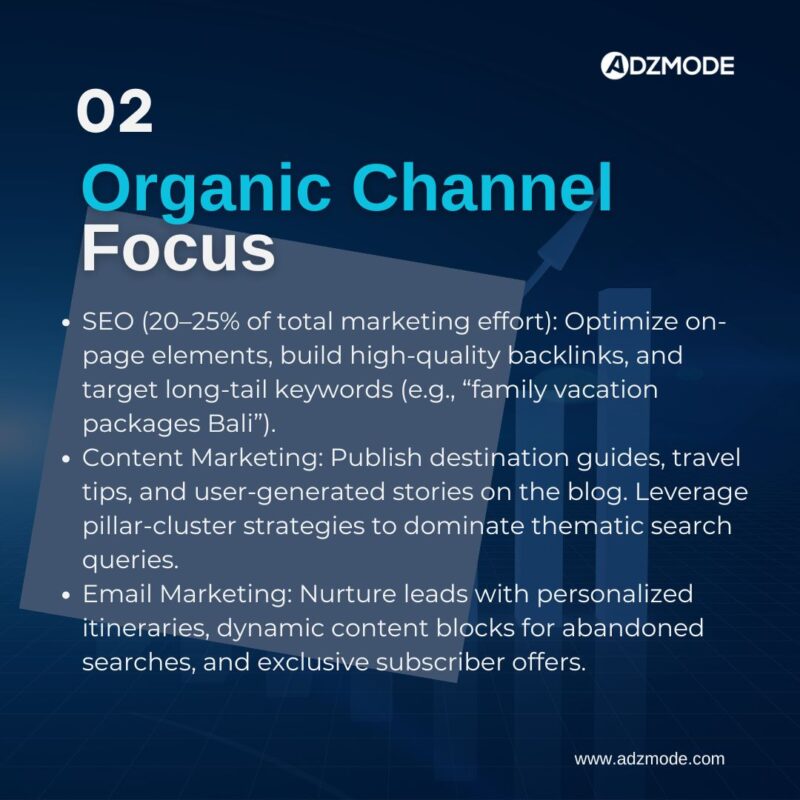
Benefits of Using Programmatic Advertising for Hotels
- Precision Targeting: Reach travelers based on location, booking behavior, and intent
- Dynamic Budget Optimization: Spend more during high-demand windows, less during slow days
- AI-Driven Performance: Algorithms optimize ad delivery based on what’s working
- Omnichannel Reach: Serve ads across mobile, desktop, OTT, in-app, and more
- Customization: Create room-specific or offer-specific ads dynamically
- Speed and Scale: Launch, pause, and adjust campaigns in real-time
Visit: how to optimize travel content
Step-by-Step Guide: Setting Up Programmatic Advertising to Fill Hotel Vacancies
Step 1: Define Goals
Start by identifying:
- Priority markets (geo-targeting)
- Room types with low occupancy
- Revenue goals per campaign
Step 2: Choose a Reliable DSP
Examples:
- The Trade Desk
- Adobe Advertising Cloud
- MediaMath
- Google Display & Video 360
- Ensure your DSP supports:
- Real-time bidding
- Dynamic creatives
- Travel-specific audience segments
Step 3: Upload First-Party Data
Use CRM or loyalty data to build retargeting lists. Segment by:
- Past guests
- Abandoned bookings
- Website behavior
Step 4: Integrate Dynamic Creative Optimization (DCO)
DCO allows you to show different creatives depending on:
- User location
- Device type
- Booking history
- Season or price
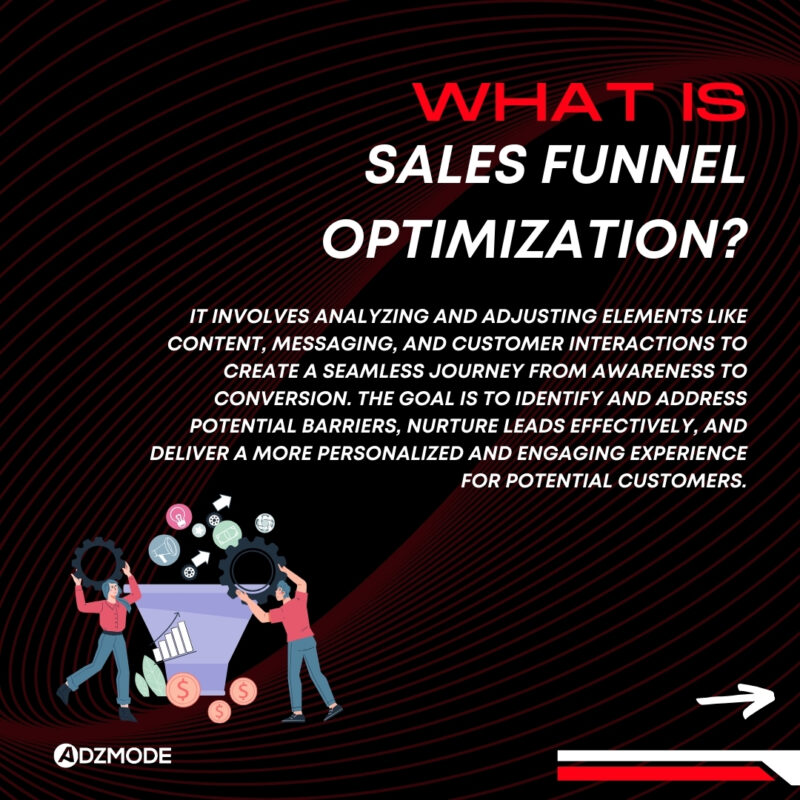
Real-Time Bidding (RTB): A Deep Dive for Travel Marketers
RTB is the engine that powers programmatic advertising.
How it Works:
- A traveler visits a travel blog or booking site.
- A bid request is sent to the DSP.
- Your DSP evaluates the user (intent, behavior, demographics).
- A bid is placed for the ad spot based on occupancy needs and potential value.
- If you win, your ad is shown instantly.
Strategic Advantage:
- Increase bid prices for last-minute travelers
- Lower bids when inventory is tight or already full
- React to competitor promotions in real time
Let the best digital marketing company in Delhi craft and manage high-performance programmatic ad campaigns that convert browsers into bookers.

Integrating with Demand-Side Platforms (DSPs)
- Choosing a DSP:
Ensure it offers:
- Hotel/tourism vertical support
- Geotargeting at city/neighborhood level
- Mobile and in-app placements
- Integration with OTAs (Online Travel Agencies)
2. Connect Data Sources:
- PMS (Property Management System)
- CRM / Loyalty Program
- Channel Manager
This integration allows for inventory-aware bidding—a critical aspect of programmatic strategy.

Dynamic Bidding Based on Occupancy Thresholds
One of the biggest programmatic advantages is the ability to change your bid strategy based on how full or empty your hotel is.
Sample Strategy:
- Below 60% occupancy: Aggressively bid on top-intent users (retarget abandoned carts, high-income travelers)
- 60–85% occupancy: Moderate bids focused on profitable demographics
- Above 85% occupancy: Reduce bidding, focus on upsells or pushing ancillary services (spa, dining)
With API integrations, your DSP can adjust automatically—saving budget and boosting ROI.
Visit: data driven marketing funnel for travel bookings
Creative Best Practices for Travel Ads
Effective ads balance aesthetics with urgency.
Must-Haves:
- Eye-catching images of the property
- Limited-time deals (e.g., “Book Now for 20% Off”)
- Dynamic price insertion (DPI) based on user location or room availability
- Clear CTA: “Book Direct & Save,” “Limited Availability,” etc.
- Trust signals: 5-star reviews, TripAdvisor badges, verified guest experiences
Programmatic Channels That Drive Hotel Bookings
- Display Ads (across travel blogs, lifestyle sites)
- Native Ads (blend with editorial content)
- Video Ads (on YouTube, OTT, in-room screens)
- Retargeting Ads (for abandoned bookings)
- Social Media Programmatic (Facebook Audience Network, Instagram, LinkedIn for business hotels)
- In-App Ads (especially for last-minute travel apps like Hopper)
Use a multi-channel strategy for best reach and frequency balance.
Common Mistakes to Avoid
- Using generic creatives with no personalization
- Overbidding without real-time inventory awareness
- Neglecting mobile optimization
- Not tracking post-click actions (i.e., bookings vs. impressions)
- Failing to segment audiences (repeat visitors vs. first-time travelers)
Drive more bookings, build your brand, and reach global travelers. Transform your online presence with stunning, user-friendly websites that not only look great but convert visitors into loyal customers through the best web development company in India.
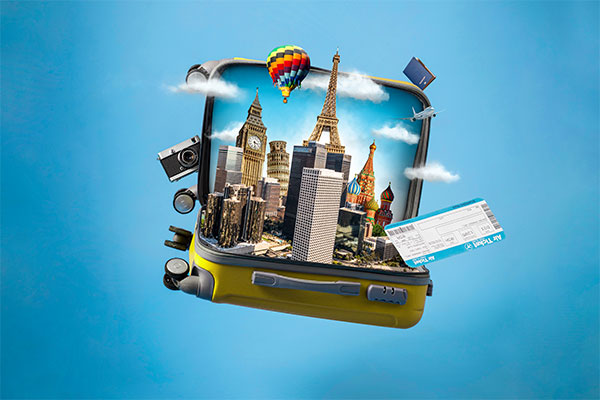
KPIs and Metrics to Measure Success
- CTR (Click-Through Rate)
- CPC/CPM
- Cost per Booking (CPB)
- ROAS (Return on Ad Spend)
- Occupancy Rate Increase
- Booking Window Shift (Did users book earlier?)
- Brand Search Lift (more people Googling your hotel?)
Use A/B testing to compare ad variations and audience strategies over time.
Future Trends in Hotel Programmatic Advertising
AI-Powered Bid Management: Predict user behavior and automate campaigns
Contextual Targeting 2.0: Privacy-safe targeting without third-party cookies
Voice Search Advertising: Coming soon to travel-related queries
Augmented Reality Ads: Virtual tours in display banners
Weather-Triggered Ads: Show ads based on local weather conditions (e.g., promote beach stays during snowstorms)
Visit: multichannel travel advertising
Conclusion:
In a world where every unsold room represents lost revenue, the solution isn’t more discounts—it’s smarter targeting. With the right platforms, integrations, and strategy, programmatic advertising to fill hotel vacancies can transform underperforming seasons into high-conversion opportunities.
By leveraging real-time bidding, dynamic creatives, and data-driven targeting, hotel brands can speak directly to their ideal guests, at the moment they’re ready to book. It’s faster, more cost-effective, and far more intelligent than traditional advertising.
Share Your Project Requirements With Us


